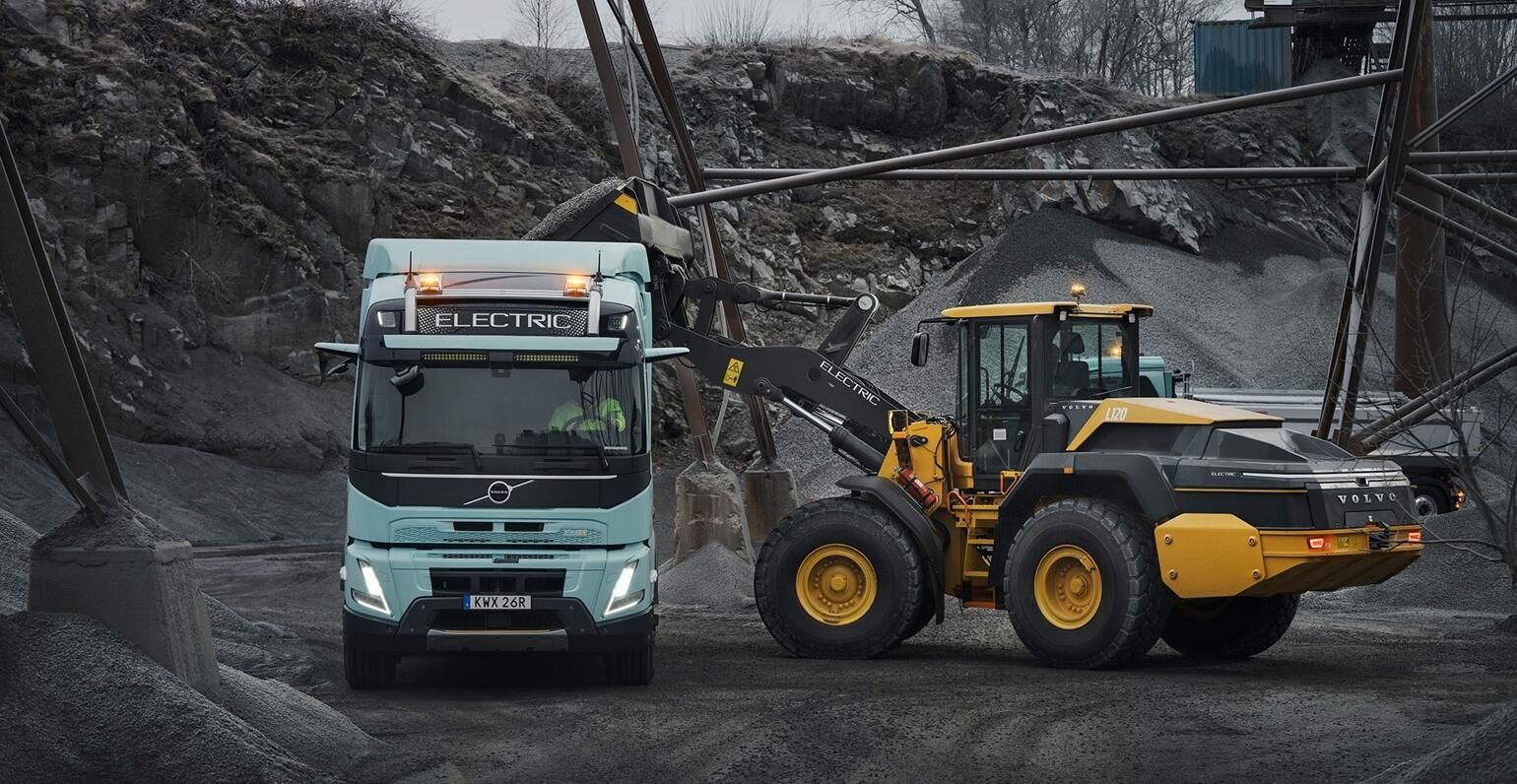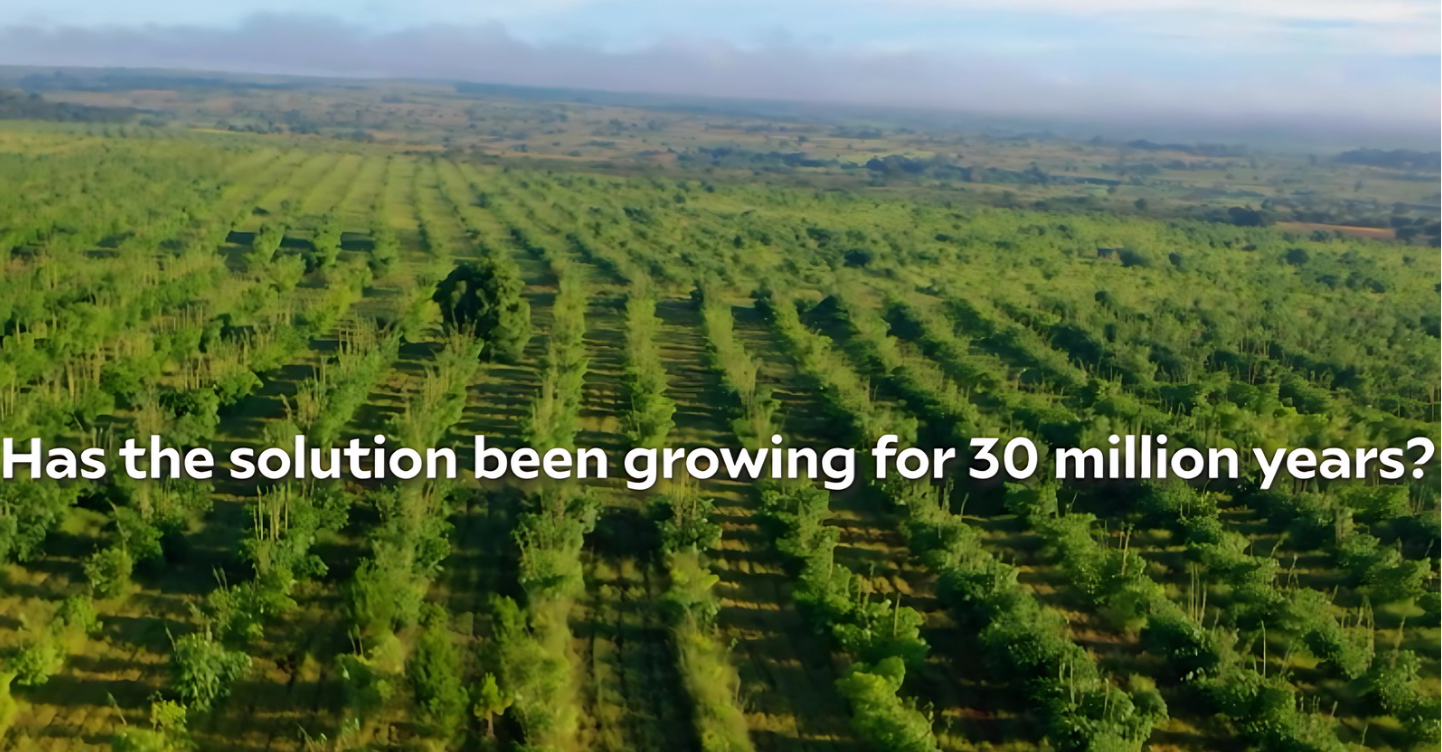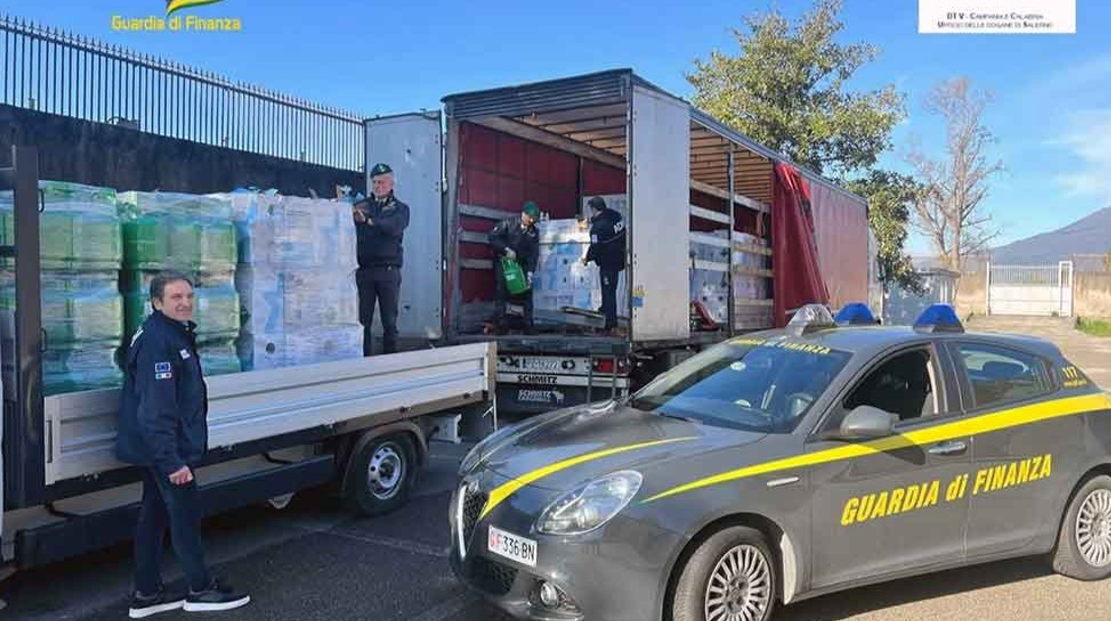Unseen and Unaccounted For: Closing the Refrigerant Gap in Decarbonisation / Net Zero Strategies
By Jeremy Mansfield OAM Mansfield Advisory Pty Ltd
Our ongoing work uncovering blind spots in refrigerant reporting [12] reveals a pressing challenge: net-zero plans in Australia, both at government and corporate levels, often miss the full impact of refrigerants released into the atmosphere or destroyed. These plans frequently highlight innovative solutions while overlooking the hidden challenges of heating and cooling—containing potent greenhouse gases, often in old, poorly monitored systems that leak, and end-of-life mismanagement. Ignoring their full lifecycle risks higher costs, stranded assets, misguided strategies, risks of overstated claims, and weakened climate credibility
Yet, according to Project Drawdown [1], refrigerant management remains among the top five climate solutions. Many leading frameworks are lacking in addressing this critical area. Despite significant emissions, a growing refrigerant bank [6], and emerging PFAS risks [13]. Even with global phase-down under the Kigali amendment holistic planning integrating refrigerants is key to achieving our 2035 milestones and 2050 net-zero goal. How are government and corporate strategies addressing this gap?
The Refrigerant Challenge: A Growing Threat
Many countries and regions are implementing HFC phasedowns as part of their decarbonisation plans to meet climate goals, reducing HFC use in refrigeration, air conditioning while shifting to refrigerants less harmful to the climate. The Kigali Amendment targets new HFC production and consumption, but leaks, legacy systems, and end-of-life emissions are not part of the amendment’s remit, a gap noted in our prior article [12]. Leaks during use or decommissioning warm the planet; contributing to (Scope 1) emissions as part of the broader 2-3% of global emissions from refrigerant leaks [8]. Rising cooling demand (3-5% annually due to climate change) [10] and heat pump adoption increase pressure. This global effort highlights the need for action, and in Australia, the challenge is significant.
Australia’s refrigerant bank contained an estimated 55,000 metric tonnes in 2022 and is projected to grow to over 80,000 metric tonnes by 2035 (per Cold Hard Facts 4) [6]. The contained CO2e however is expected to decline 20%, from approximately 100 million tonnes in 2022, to 79 million tonnes in 2036. This is due to the HFC phase-down and the increased use of lower-GWP refrigerants in the mix. Even so there is still a significant challenge to the nation’s net-zero goals with the need to manage this bank during operational use, and end-of-life handling. Many refrigerants have global warming potentials thousands of times higher than CO2—HFC-134a, for example has a global warming potential of 1,530 (based on AR6, while AR4, used for current NGERS Act reporting, a GWP of 1,430) [7]. Production, transport, maintenance, and disposal of refrigerants generate (Scope 3) emissions. Venting during decommissioning can also release these potent gases. Are your government or corporate plans prepared for this evolving impact?”
PFAS Risks: An Emerging Liability
Some refrigerants are classified as PFAS directly, while others break down into PFAS—known as ‘forever chemicals.’ These don’t easily go away (meaning ‘persistent’) and are under close watch globally [13]. Their long-lasting nature, along with the fast increase of a harmful substance called trifluoroacetic acid (TFA),a degradation product of many low-GWP refrigerants, threatens water supplies and human health. The Environmental Investigation Agency’s (EIA) July 2025 Persistent Problems report warns that low-GWP substitutes for HFCs, worsen this this problem, noting risks of exceeding toxic thresholds [13]. Australia’s 2019 National PFAS Position Statement aims to reduce further releases ‘where practicable’ [14], but it omits refrigerants or their degradation products entirely. Globally, ways to handle PFAS differ a lot [15], and while strategies are emerging as a precautionary approach, the risk is not fully tackled yet—some, like the Environmental Effects Assessment Panel (EEAP), see it as minimal, while the EIA urges caution. How are your government or corporate strategies handling PFAS?

Generations of damaging F-gases. Source: EIA [13]
Gaps in Current Strategies
Despite Project Drawdown’s [1] finding that refrigerant management can avoid billions of tonnes of CO2 emissions, many decarbonisation plans are silent on this. This may stem from lack of awareness, perceived low impact, or intentional focus on other priorities with limited project aims. Reports on electrification and renewables frequently omit refrigerants [2-5], missing the impact of leaks and PFAS risks [13]. Showing these gaps (by acknowledging refrigerant Scope 1 and Scope 3 emissions, enhances planning by setting priority areas for dealing with refrigerants [12], including longer-term challenges. Current strategies, including Australia’s HFC phase-down, focus on production and consumption, not addressing legacy systems, leaks, end-of-life management, or PFAS risks, leaving 2050 goals at risk. Are your government or corporate plans fully accounting for refrigerants?
What Needs to Be Acknowledged and Addressed
To achieve holistic planning and prevent greenwashing, decarbonisation strategies must prioritise refrigerants’ full lifecycle impact:
- Recognise Refrigerants’ Full Impact: Acknowledge (Scope 1) emissions (leaks and refrigerant release) and (Scope 3) emissions (production, transport, and end-of-life disposal), through accurate emissions reporting.
- Building on the National PFAS Management Plan: Reduce reliance on refrigerants that are or degrade into PFAS, using natural alternatives to mitigate liabilities [11, 13, 14].
- Enhance End-of-Life Management: Establish guidance on refrigerant destruction and recovery programs to minimise emissions (Scope 1 if onsite, otherwise Scope 3 if offsite) from venting to atmosphere upon decommissioning equipment, addressing a current oversight.
- Integrate into Net Zero Sectoral Frameworks: Embed refrigerant management into: New Buildings: Prioritise low-global-warming-potential natural refrigerants in HVAC and heat pumps used for hot water. Existing Buildings: Regular maintenance and leack tracking registers Cold Chain: Improve leak management and transition to sustainable refrigerants through monitoring and upgrades. Transport: Include refrigerated logistics refrigerant leakage in decarbonisation plans, i.e. beyond the electrification-only focus.
- Transparent Scope Disclaimers: Net Zero / Decarbonisation / Sustainability Reports should acknowledge the use of refrigerants, even if the data around emissions isn’t available, to guide strategic planning and avoid misleading claims.
- Highlight Business Opportunities: Focus on identifying potential stranded assets by utilising low-global-warming-potential solutions and prevent litigation with PFAS-risks in the future, supporting robust reporting.
A Call to Action
As we argued in Blind Spots on the Road to Net Zero [12], Australia’s lack of refrigerant reporting is a key gap. Equally critical is the common reporting omission to not acknowledge refrigerants in Net Zero plans and decarbonisation strategies. Failure to address refrigerants’ full impacts are broad: Scope 1 and Scope 3 emissions, a national refrigerant bank (79 Mt CO2e in 2036 [6]), end-of-life needs, and PFAS risks. Depending solely on phase-down legislation overlooks the need for comprehensive planning by 2035 to meet 2050 goals, also potentially leading to incomplete strategies. Strengthening net-zero strategies with transparent refrigerant disclosure and refrigerant integration is key to credible 2050 progress.
How are refrigerants’ lifecycle impacts addressed in your net-zero strategy? Are end-of-life emissions or PFAS risks on the radar? Share your insights and let’s tackle this together!
Follow Mansfield Advisory Pty Ltd for updates.
#Refrigerants #Decarbonisation #NetZero
Other articles in this refrigerant series you may have missed:
- Article 1 - Could Australia become a dumping ground for refrigerants?
- Article 2 - How is New Zealand tackling refrigerants, and are there lessons for Australia?
- Article 3 - Blind spots on the road to net zero: Australia’s Refrigerant Reporting Gaps
All Mansfield Advisory articles can also be found on our website
REFERENCES
- Project Drawdown. The Drawdown Review. 2020.
- EY. Why 2035 is the climate target that counts: Eight keys to achieve net zero. https://www.ey.com/en_au/insights/sustainability/2035-climate-target-cost-saving-action-for-business.
- AECOM. Electrifying Road Freight Report. Australian Renewable Energy Agency (ARENA). https://arena.gov.au/assets/2025/07/AECOM-%E2%80%93-Electrifying-Road-Freight-Report.pdf.
- Deloitte. Utility Decarbonization Strategies. Deloitte Insights, 2020.
- KPMG. Closing the Gap: How Collaborations Can Accelerate Decarbonisation for Companies. 2023.
- Cold Hard Facts 4. Australian Government Department of Climate Change, Energy, the Environment and Water, 2022.
- IPCC. Fifth Assessment Report: Climate Change 2013. Annex II: Climate System Scenario Tables.
- United Nations Environment Programme. Global Refrigerant Management Initiative. 2020.
- International Energy Agency. The Future of Cooling. 2018.
- Australian Government. Australia’s Emissions Projections 2023. Department of Climate Change, Energy, the Environment and Water.
- European Chemicals Agency. PFAS Restriction Proposal. 2023.
- Mansfield Advisory. Blind Spots on the Road to Net Zero: Australia’s Refrigerant Reporting Gaps. https://www.linkedin.com/pulse/blind-spots-road-net-zero-australias-refrigerant-reporting-hxs8c and also published by AIARH within Ecolibrium Magazine https://theecolibrium.com/2025/06/10/blind-spots-on-the-road-to-net-zero-australias-refrigerant-reporting-gaps/
- Environmental Investigation Agency. Persistent Problems: The Hidden Impacts of Hydrofluoroolefins. 2025. https://eia-international.org/report/persistent-problems/
- Australian Government: National per- and polyfluoroalkyl substances (PFAS) Position Statement (2019)
- OECD. Synthesis Report on Understanding Perfluoropolyethers (PFPEs) and Their Life Cycle. 2024. https://one.oecd.org/document/ENV/CBC/MONO(2024)5/en/pdf
- DCCEEW Net Zero Sector Framework https://www.dcceew.gov.au/climate-change/emissions-reduction/net-zero
First published on LinkedIn 6th August 2025



